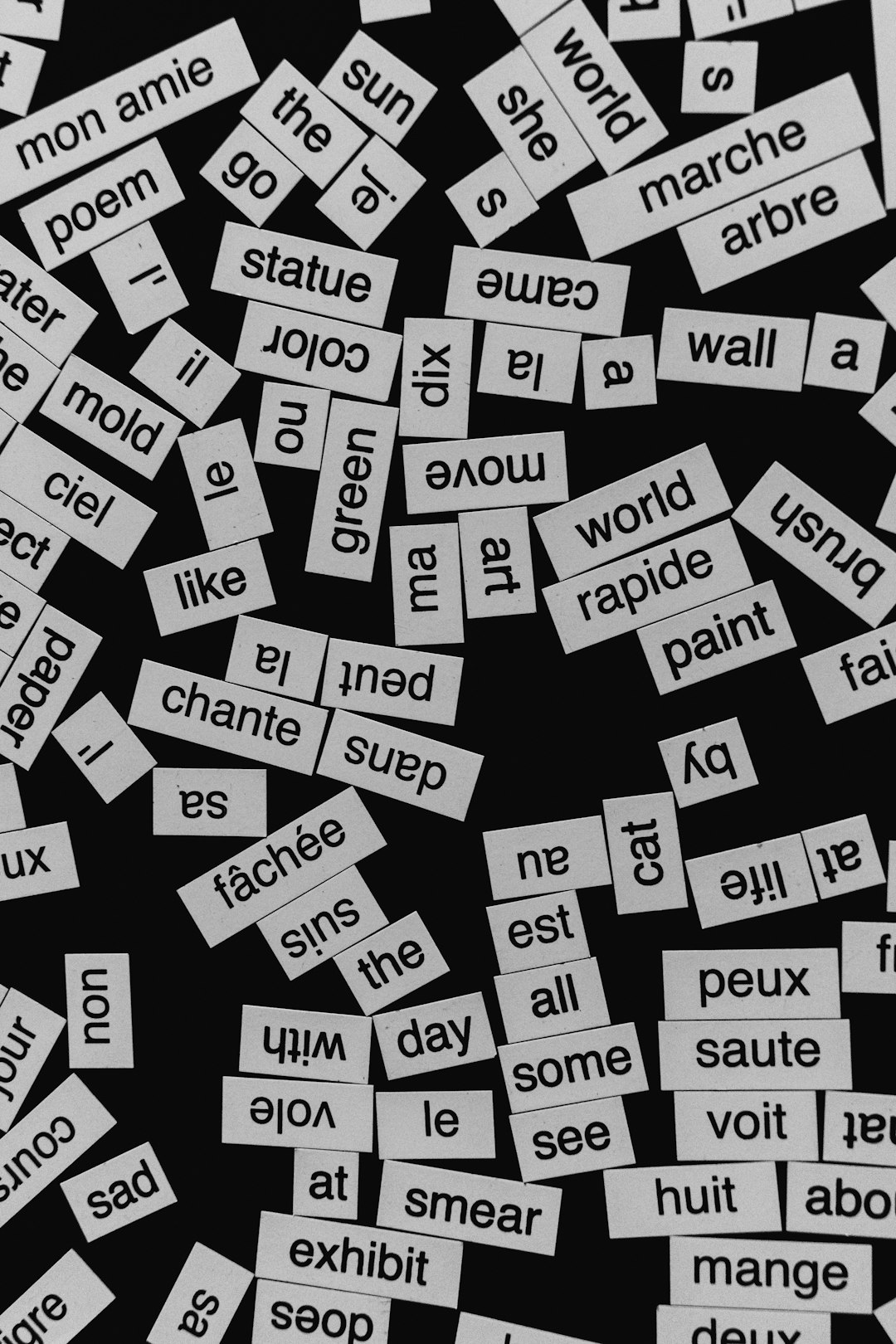In 2025, language models like ChatGPT, Bard, and Claude are doing more than just chatting. They’re now helping people translate texts between languages. Sounds awesome, right? Well, like most things in tech, there are pros and cons. Let’s look at the fun side and the not-so-fun side of using large language models (LLMs) for translation.
So, what are LLMs anyway? These are powerful AI systems trained on massive amounts of text from all over the internet. They can understand language patterns and produce human-like responses. Now, let’s talk translation!
🌟 Advantages of Using LLMs for Translation
- Speed: LLMs are super fast. They can translate entire books in seconds!
- Cost-effective: No need to pay for a team of translators. Much cheaper.
- Always Available: Need to translate at 3 a.m.? No problem. LLMs don’t sleep.
- Great for Simple Texts: For basic sentences or casual chats, they work super well.
- Supports Many Languages: Even rare languages are sometimes available!
LLMs can be your personal translation buddy. Need to turn a French tweet into English? Boom — done!

🤔 But Wait… What About the Disadvantages?
As magical as LLMs sound, they’re not perfect. There are a few important downsides to know.
- Not Always Accurate: LLMs can mess up grammar, tone, or miss context.
- No Cultural Understanding: Language has emotion, slang, and culture. LLMs don’t feel things. That can lead to weird or funny mistakes.
- Data Privacy Risks: Uploading sensitive texts to an LLM? Be careful.
- Doesn’t Replace Experts: For legal, medical, or official translations, stick to professionals.
- Lots of Training Data = Bias: If the internet has bias, so do the models. That’s a big ethical issue.
Imagine asking an LLM to translate poetry from ancient Chinese. It might sound okay, but a real human translator would understand the emotion and rhythm much better.

⚖️ Balancing It Out
So, are LLMs good or bad for translation? The answer is: it depends.
If you’re traveling and trying to read a menu? LLMs are perfect.
If you’re translating a business document to close an international deal? You may want a human to double-check.
They’re like kitchen blenders — super useful, but you wouldn’t serve guests just smoothies every time. Sometimes, you need a real chef. 🍲
🚀 What’s Coming in the Future?
As LLMs keep learning, they’ll get better at:
- Understanding emotion and tone.
- Handling complex grammar.
- Learning from feedback without forgetting older knowledge.
They may even learn cultural nuance better — like knowing when to be formal or casual in different languages.
Companies are also working on making them safer and more private. One day, your phone might have a mini LLM that works offline. Cool, right?
🎯 Final Thoughts
LLMs are changing how we see translation. They’re fast, powerful, and getting smarter every day. But just like your GPS, they can sometimes take you the wrong way.
Use them as tools, not as total replacements for humans.
Next time you need to understand a Spanish Instagram caption or a German recipe, LLMs can help with a smile. ✨



